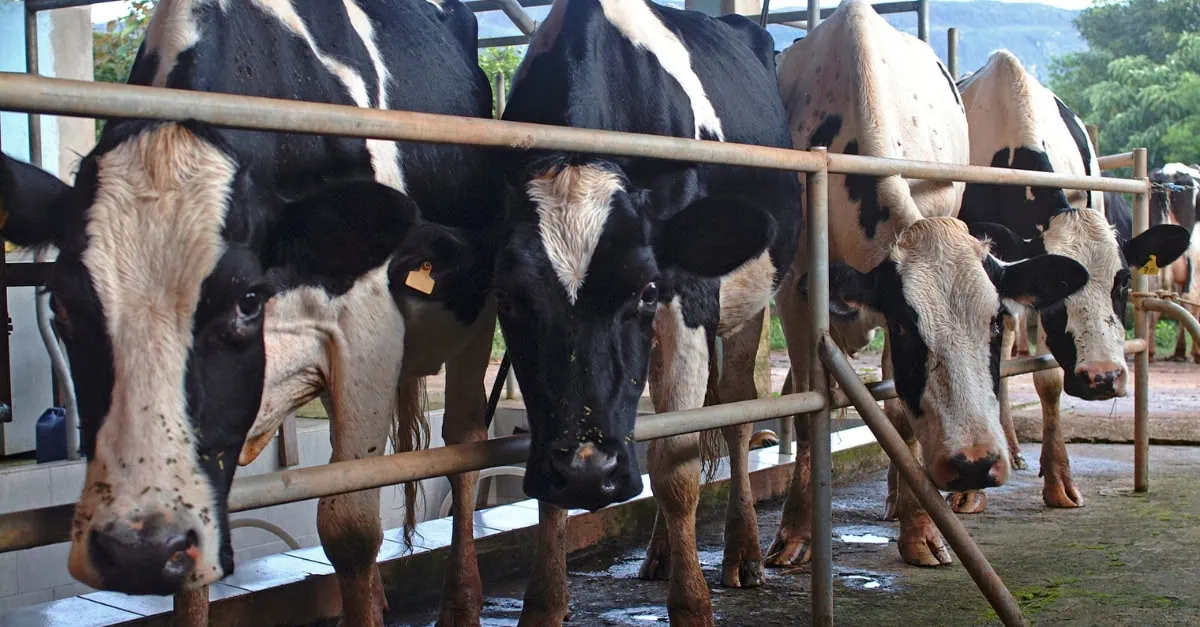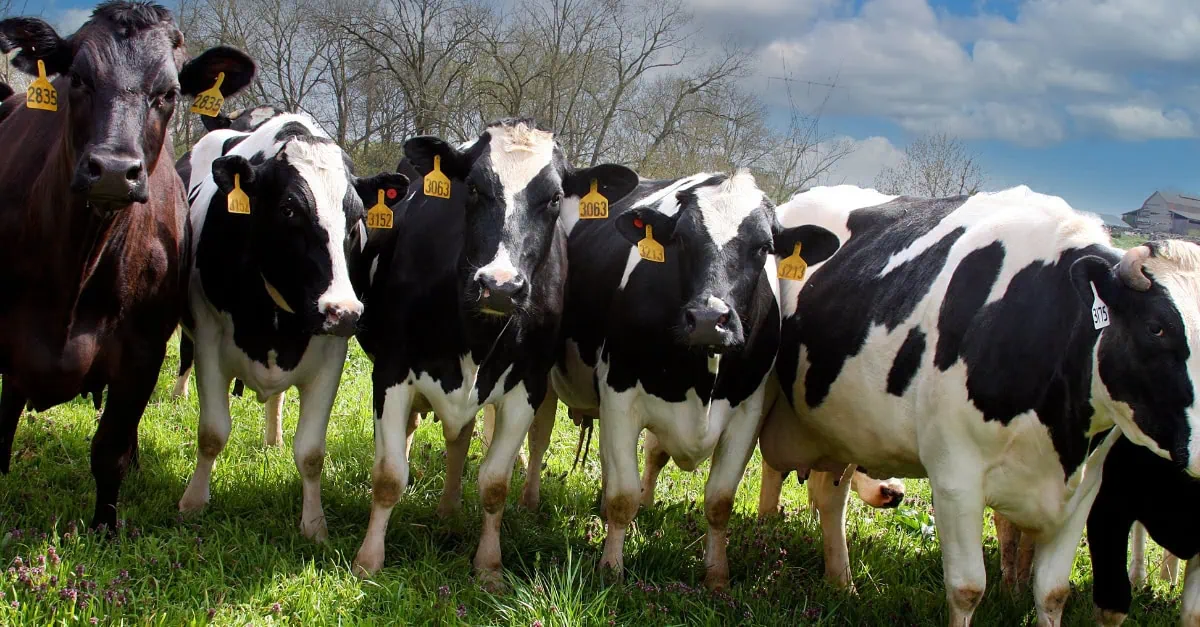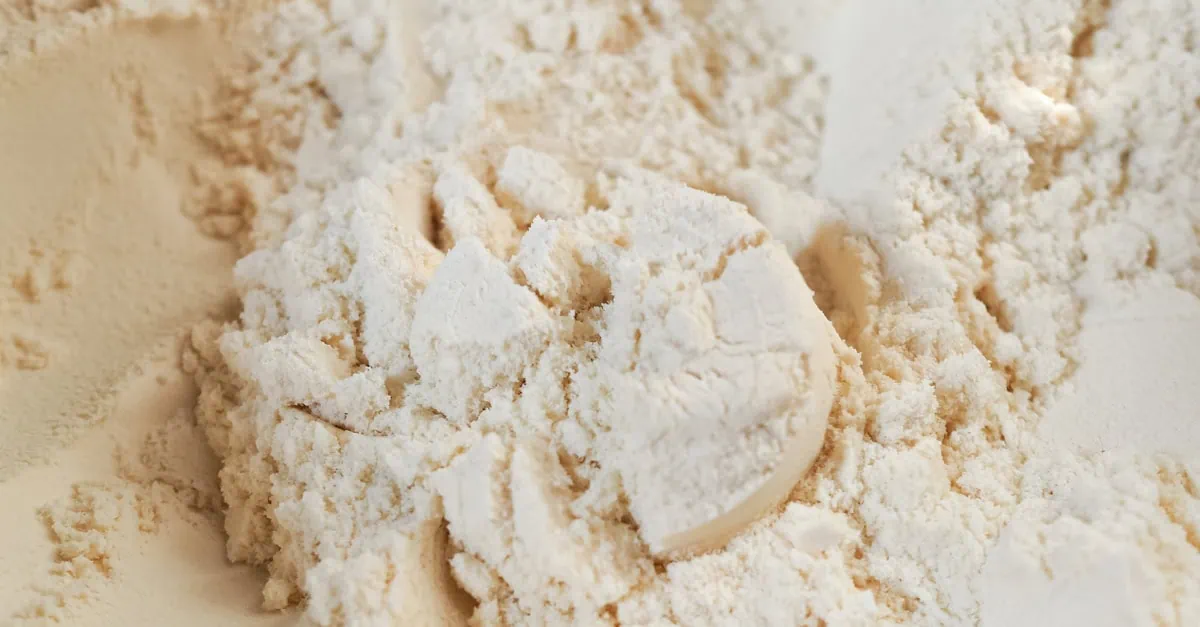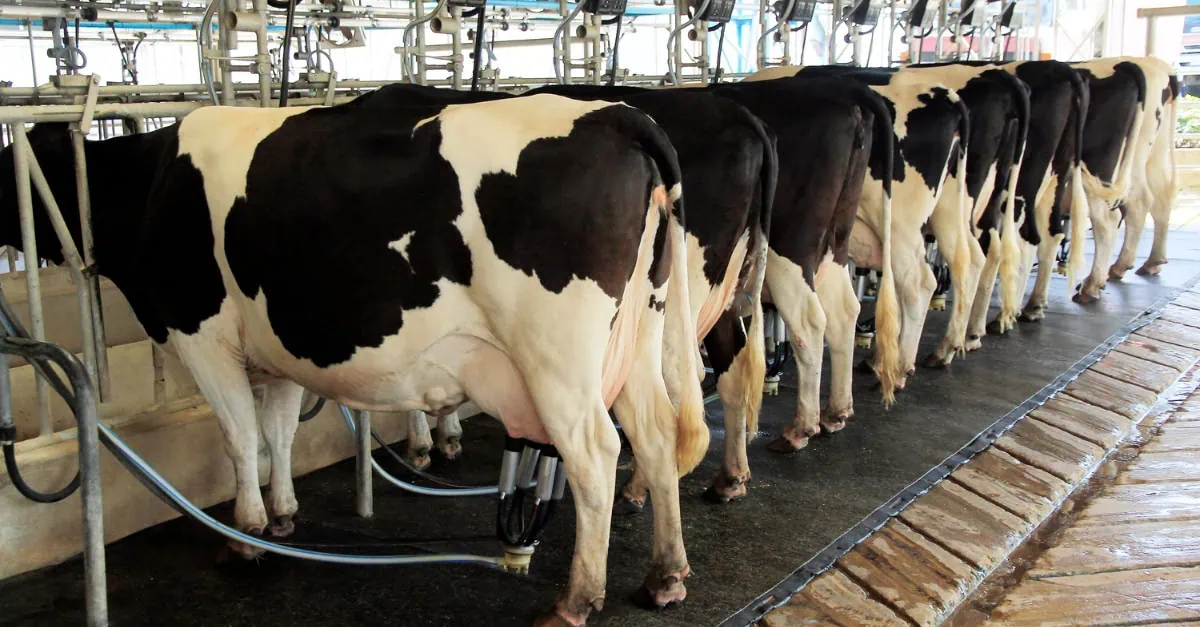Post-peak milk intake drives sharp price increases across liquid dairy markets while butter volatility recalls 2024 U.S. market dynamics
June 4, 2025 – Global dairy markets are experiencing significant price movements as the Northern Hemisphere transitions out of peak milk production season. Raw milk, cream, and skim milk concentrate prices have risen sharply, while butter markets are showing the kind of volatility that has buyers scrambling to secure forward coverage to avoid potential price spikes.
Liquid dairy markets respond to seasonal shift
The end of May marked the conclusion of peak milk intake across the Northern Hemisphere, triggering immediate price responses in liquid dairy markets. Raw milk, cream, and skim milk concentrate have surged to €8,600, €2,100, and €500 per metric ton respectively, as buyers face the reality that securing liquid dairy now requires “a little extra effort or money.”
This seasonal transition is creating supply tightness that’s reverberating through interconnected dairy ingredient markets, with processors adjusting production priorities and buyers reassessing procurement strategies.
Butter market volatility triggers forward buying
European butter prices have moved aggressively higher, with trades reaching €7,500 per metric ton as market participants display increasing nervousness about milk fat availability. The psychological impact of paying these elevated prices is driving buyers to secure forward coverage, creating a dynamic reminiscent of the U.S. butter market crisis in 2024.
However, a critical difference emerges when examining production fundamentals. While U.S. butter production increased 6% in the first three quarters of 2024, European butter production has risen just 1% in the opening months of 2025, suggesting more sustained supply constraints in the current cycle.
Global price spreads create arbitrage opportunities
Regional price disparities are creating interesting market dynamics, with U.S. butter trading at significant discounts to European levels. American butter is being offered in European markets at competitive prices, though regulatory and specification requirements limit accessibility for many buyers.
The global butter market is showing signs of strengthening demand across regions, with latest U.S. stock data indicating seasonally higher April inventories (+14 million pounds month-over-month) but substantially lower year-over-year levels (-25 million pounds versus April 2024).
Powder markets remain range-bound
Skim milk powder (SMP) markets continue trading within a relatively narrow $150 per metric ton global price range, with seasonal availability patterns creating modest regional variations. New Zealand prices maintain slight premiums due to lower seasonal availability, while European markets show stability despite higher skim milk concentrate costs.
Whole milk powder (WMP) markets remain largely unchanged, with production limited by more favorable valorization opportunities in cheese, whey, butter, and skim milk powder alternatives. The chocolate industry’s demand patterns continue to influence WMP dynamics, though extremely high cocoa prices are beginning to impact global consumption patterns.
Market sentiment reflects uncertainty
Current market conditions are characterized by range-bound trading with neither distinctly bullish nor bearish sentiment dominating. This uncertainty is creating a “stable” market atmosphere where participants are cautious about making aggressive directional bets while remaining alert to supply-demand shifts.
The interplay between seasonal production patterns, forward buying behavior, and global demand dynamics is creating a complex trading environment that requires careful navigation.
Production priorities shift with margins
Dairy processors are increasingly focusing production on higher-value products where margin opportunities remain attractive. The spread between cream and butter prices is sufficient to encourage butter production, while cheese and whey processing continues to compete for available milk volumes.
These production allocation decisions are having downstream effects on ingredient availability and pricing patterns across the dairy complex.
Regional demand patterns evolve
International demand remains mixed, with Chinese interest in New Zealand butter providing support at current price levels, while broader global demand for powder products remains subdued. European markets are seeing increased forward coverage activity as buyers seek to avoid potential seasonal price pressures.
This analysis highlights key developments from Vesper’s comprehensive Week 23 dairy market intelligence report. Access detailed regional price indices, production analysis, and forward market insights on the Vesper platform: https://app.vespertool.com/market-analysis/1993





